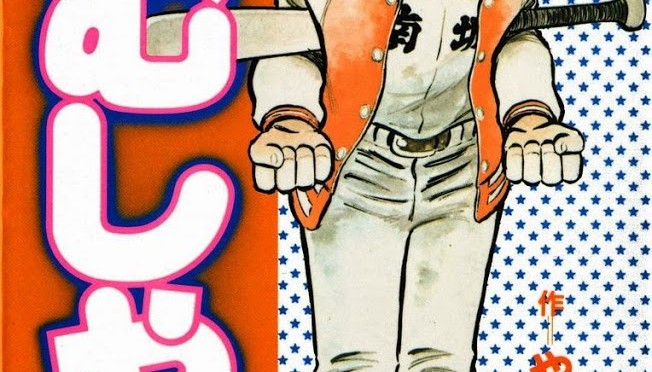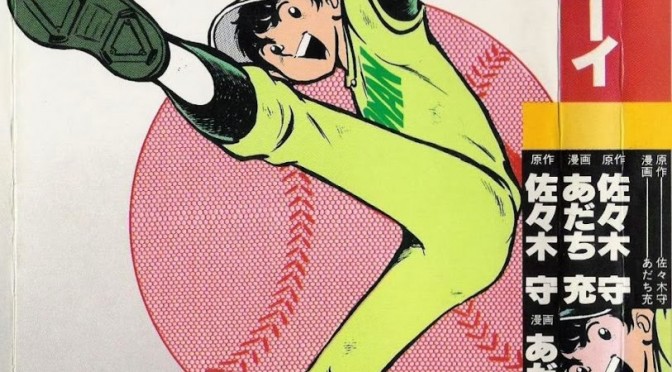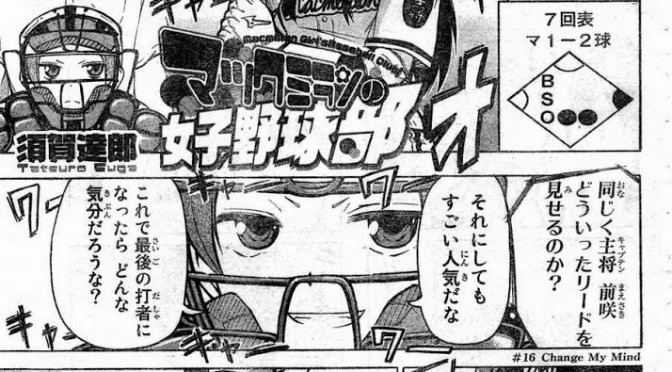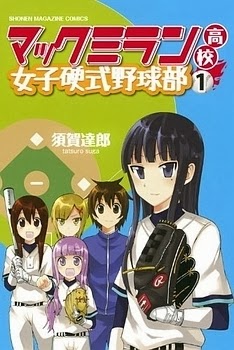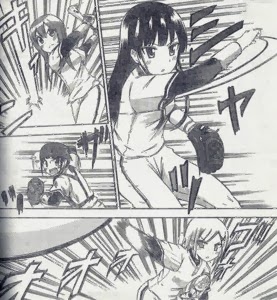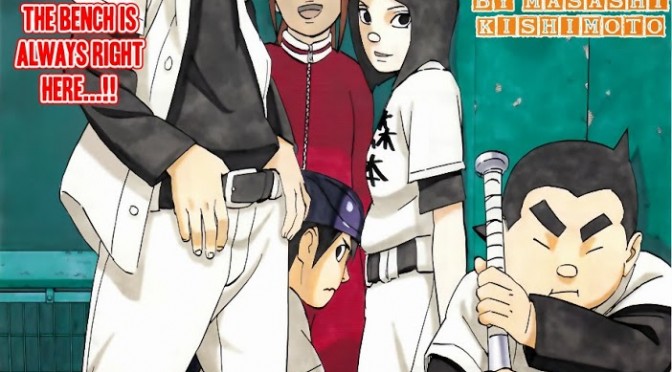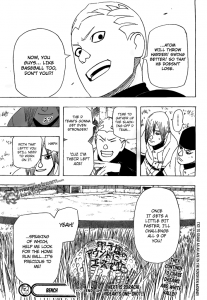I only finished Gamushara (がむしゃら) a few days ago, but I’ve already forgotten all the character names. It is completely unremarkable and not really worth a read, not even by someone like me who is currently grabbing any and all baseball manga I can get my hands on. By the way, all manga reviews on this blog will contain free, unmarked spoilers so, yeah. I probably should have said that earlier.
Anyway, the main guy on the cover there is a transfer student at a high school. He gets into an altercation with the guys on the regular baseball team and decides to form a softball team so he can go to the national softball tournament. As with many baseball series (e.g. Princess Nine, Taisho Yakyu Musume), a ridiculous amount of time is spent early on gathering members, even more time is wasted on some stupid rivalry and then the main character’s team loses the final match of the series but learns valuable lessons from it.
It’s a standard pattern, but in the case of Gamushara it rankles quite a bit because the main character is way off base. He is 100% in the wrong and probably has some serious personality problems. He picked the fight with the baseball team for no good reason and formed his own team largely to get back at them. Throughout the series he goes out of his way to antagonize and annoy them, yet somehow he’s treated as a hero for his pettiness. It’s very hard to swallow, which is why I took to skipping large chunks of volume 2. At least it was short, that’s all I have to say. I can’t think of a single redeeming feature of Gamushara, because even the baseball sections were boring, poorly-written and predictable. Another manga for hardcore Adachi fans only, I guess.
